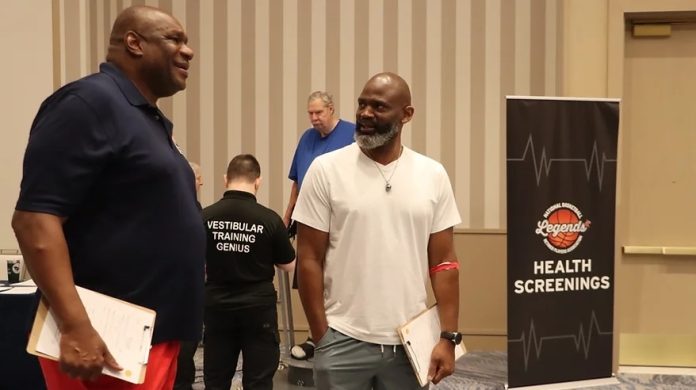Former NBA player Steve Hayes, arguably the best basketball player born and raised in Idaho, was ecstatic to join the National Basketball Retired Players Association community for three days at the 2023 Legends Getaway event in Las Vegas before heading off for a vacation in Montana. The 7-foot center, who once stepped foot on the hardwood with players like David Thompson, John Stockton and Karl Malone, spent the days conversing with his former colleagues and learning about new opportunities being offered by the NBRPA.
But when Hayes casually took advantage of the NBRPA’s health screenings, his trip, and life, took a dramatic shift.
“After they did the electrocardiogram and echocardiogram,” Hayes said, “I got in to see the cardiologist that was here from Endeavor (Health) and the first thing he says is, ‘Did you know you’re AFib?’”
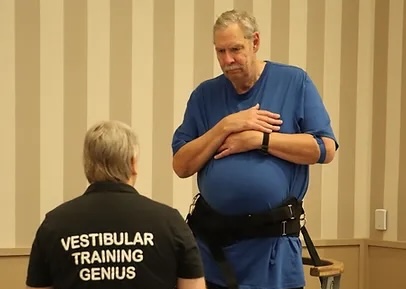
Atrial fibrillation, or A-Fib, is “an irregular and often very rapid heart rhythm,” according to the Mayo Clinic. Hayes, who had seen a cardiologist in Houston less than eight months earlier, had no idea about his condition. Although somewhat common, the risk of stroke from A-Fib increases with age, according to the Mayo Clinic. Hayes was diagnosed at 67 years old.
“I was shocked and scared,” Hayes said. “I was totally caught off guard and (about) to go up (to Montana) and do things that maybe I shouldn’t have been doing, especially if I hadn’t seen a doctor.”
The NBRPA’s health screenings were introduced nearly a decade ago in partnership with the National Basketball Players Association. The life-saving initiative has served over 1,000 members, according to NBRPA Chief Medical Director Joe Rogowski. Fully funded by the NBRPA, this groundbreaking program requires a substantial investment, with former President and CEO Scott Rochelle, who served until August 2024, identifying the cost as “hundreds of thousands of dollars.”
“Our health screening program is more comprehensive and more detailed and targeted than anything anyone’s doctor is willing to give,” Rochelle said.
The goal is to “normalize wellness” so former players begin to prioritize their health. To enhance that effort, Rochelle and the NBRPA hired Rogowski in 2022. Previously serving as the NBPA’s chief medical officer for a decade, Rogowski aimed to provide both an educational and relaxed environment during the health screenings.
“When they come through our screening, it’s not like your typical doctor’s office where you get an exam and you leave and they call you with the results,” Rogowski said. “This is more of a relaxed environment where they can sit down and ask questions. There’s no time restraints, so they can ask a cardiologist all the questions they want, ask each of the doctors different questions so that they can be proactive about their health and in tune with their bodies.”
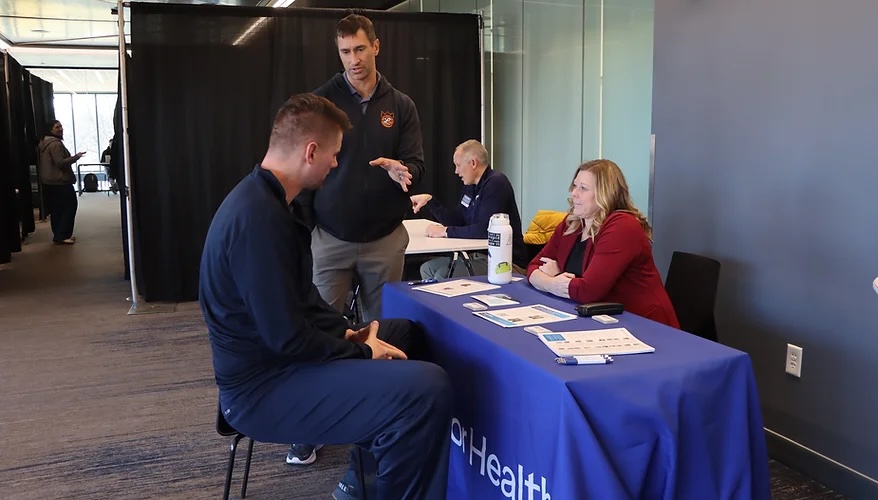
Rogowski has worked with NBA players for nearly 20 years. During that time, which included medical positions with the Orlando Magic and Houston Rockets, he noticed that players did not have medical direction once retiring. But by hosting a large number of former players in one setting for medical testing, the process becomes much more “convenient.”
“We provide that setting so that we can do a multitude of diagnostic tests, more on the preventative side, so that we’re proactive for their health and to get them plugged into thinking medically,” he said.
Rogowski estimates the health screenings have saved 10 lives since they were introduced eight years ago. Among the most notable is Nate “Tiny” Archibald, who was unexpectedly diagnosed with amyloidosis in December 2016. The incurable condition required Archibald to have a heart transplant that would ultimately save his life.
Harvey Catchings also experienced a heart problem but could not participate in the health screenings, as they were not yet established. The 11-year NBA veteran, and father of WNBA Hall of Famer Tamika Catchings, recalls his personal cardiologist informing him about a small valve leakage in his early 60s. The doctor’s response, according to Catchings, was “we will keep an eye on it.”
In 2016, Catchings began participating in the health screenings. Just three years later, his heart problem rapidly escalated.
“Fast forward to the age of 67 and I get up one morning and I can’t breathe,” Catchings said. “So, I did what any Black man would do. I got in my car and drove to the hospital.”
When arriving at the hospital, Catchings found out he had a severe valve leakage in his atrium. Returning to the same cardiologist as before, Catchings was told that the valve leakage could be repaired 98% of the time through a routine surgery.
Catchings’ condition was part of that 2%.
“They said, ‘Harvey, if you don’t get a heart transplant, you’re not going to be around by the end of 2019,’” Catchings said. “Now I’m thinking, ‘What the hell? We were talking about a valve repair. How did we get to a heart transplant, and more importantly, how is it that somebody has to die in order for me to live?’”
A heart transplant in September 2019 ultimately saved Catchings’ life and opened his eyes to the importance of being involved and informed about his health condition. He advocates for the NBRPA’s health program because of the level of involvement the members can have and the benefits that they receive from the organization.
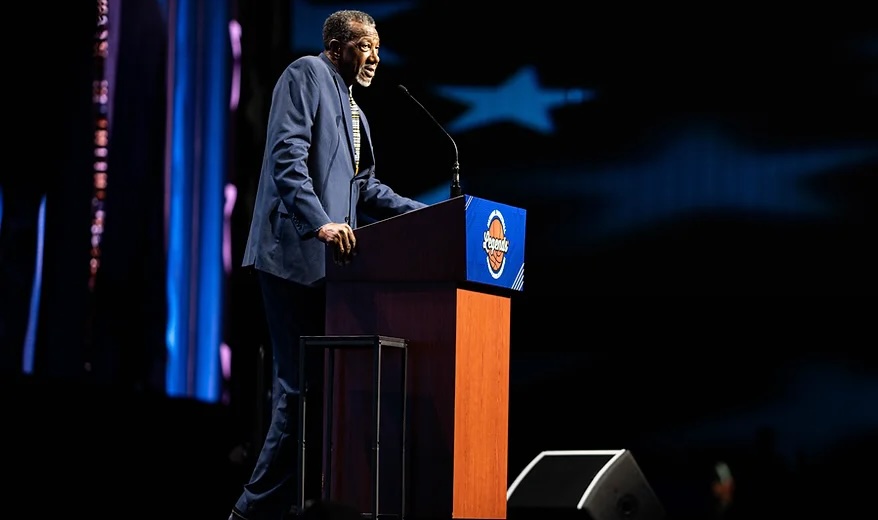
“To have this type of group that you can pick up the phone and call to make things happen, they’re probably going to stay on top of things,” Catchings said. “Take advantage of these opportunities and don’t say, ‘I’ll just deal with it later.’ No, if something’s not feeling right, especially as we get older, deal with it right then.”
The group that Catchings is talking about is a new partnership with Endeavor Health, which was introduced in October 2023. The Chicago based service provides NBRPA members with a 24/7 phone number that will help them understand their condition in addition to connecting them with specialists that range from orthopedic and physical therapy to neurology and urology.
Related NewsArticle continues below
“When they were playing, they didn’t have to think about (health),” said Dr. Ravi Bashyal, co-medical director and head NBRPA hip and knee replacement consultant. “It was done for them and all of a sudden when they retire, they’re in an entirely different world where no one is helping them make those decisions.”
His goal in working with the NBRPA is ensuring that former players have that access to the “vetted best in class care” because of how they used their bodies throughout the first half of their lives.
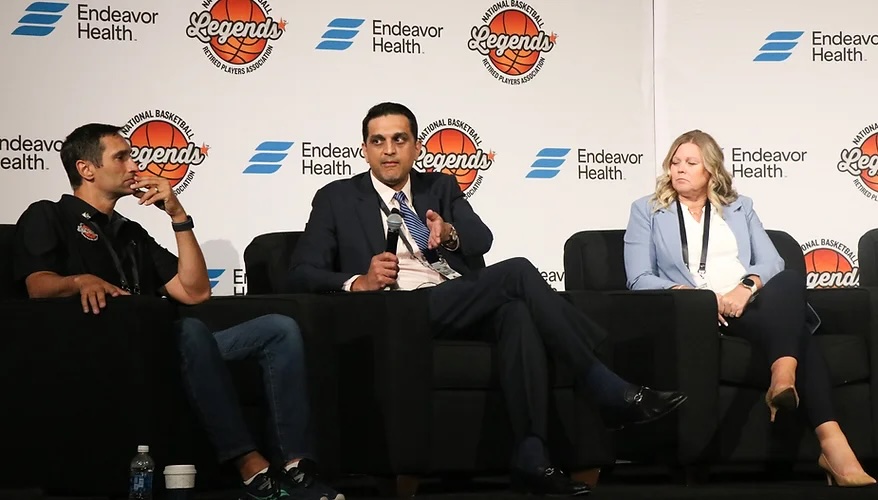
“Their bodies were how they made their living,” Bashyal said. “If they have a problem with their hip or their knee, it’s more than just a medical condition. It’s almost connected to who they are and their identity. So it’s even more important that they’re able to get the explanations that they need to be able to wrap their heads around what’s going on.”
The NBRPA hosts its health screenings annually at NBA All-Star weekend in February and the Legends Getaway event in July. Additionally, the screenings are in “three to four” different cities per year, according to Rogowski, so members who do not attend its major events still have opportunities to take part in the screenings. One of the organization’s goals for the program is expanding the health screenings to 10 cities a year.
This year at the Legends Getaway event, Hayes returned to Las Vegas hoping to hear good news just one year after his A-Fib diagnosis. But when he went to sign up for his screening, no appointments were available.
“A lot of the players came in last night, paid for their own room for one night, just so they could be here this morning to be able to get the health screenings,” Hayes said.
A quick phone call was all it took for the team of doctors to squeeze Hayes into their packed schedule. Meeting with the same cardiologist from a year prior, the two were “overjoyed,” Hayes said, after they learned his heart muscle increased from 40% in 2023 to 60% in 2024, a normal percentage for a 68-year-old.
Source link

